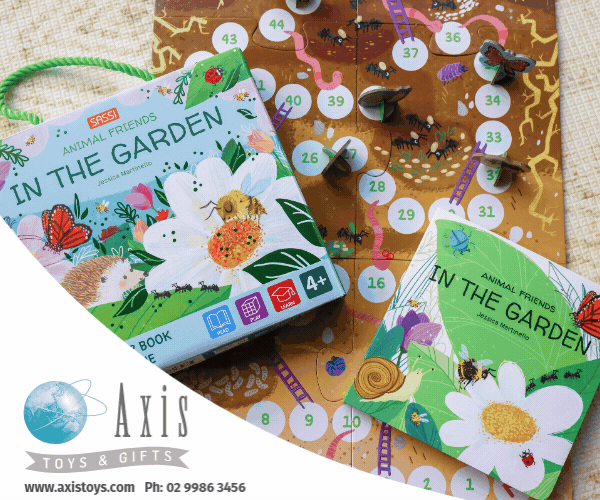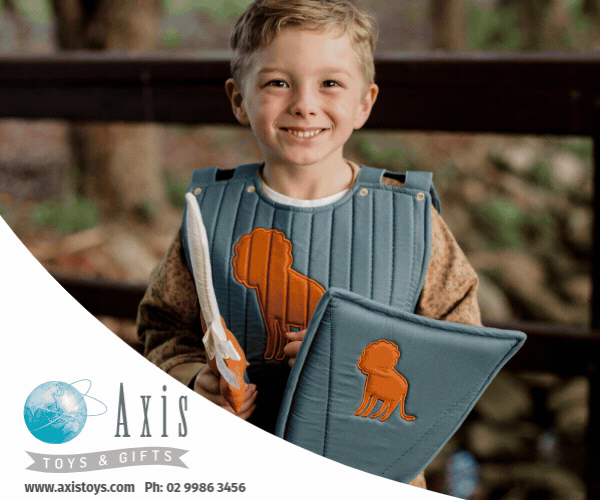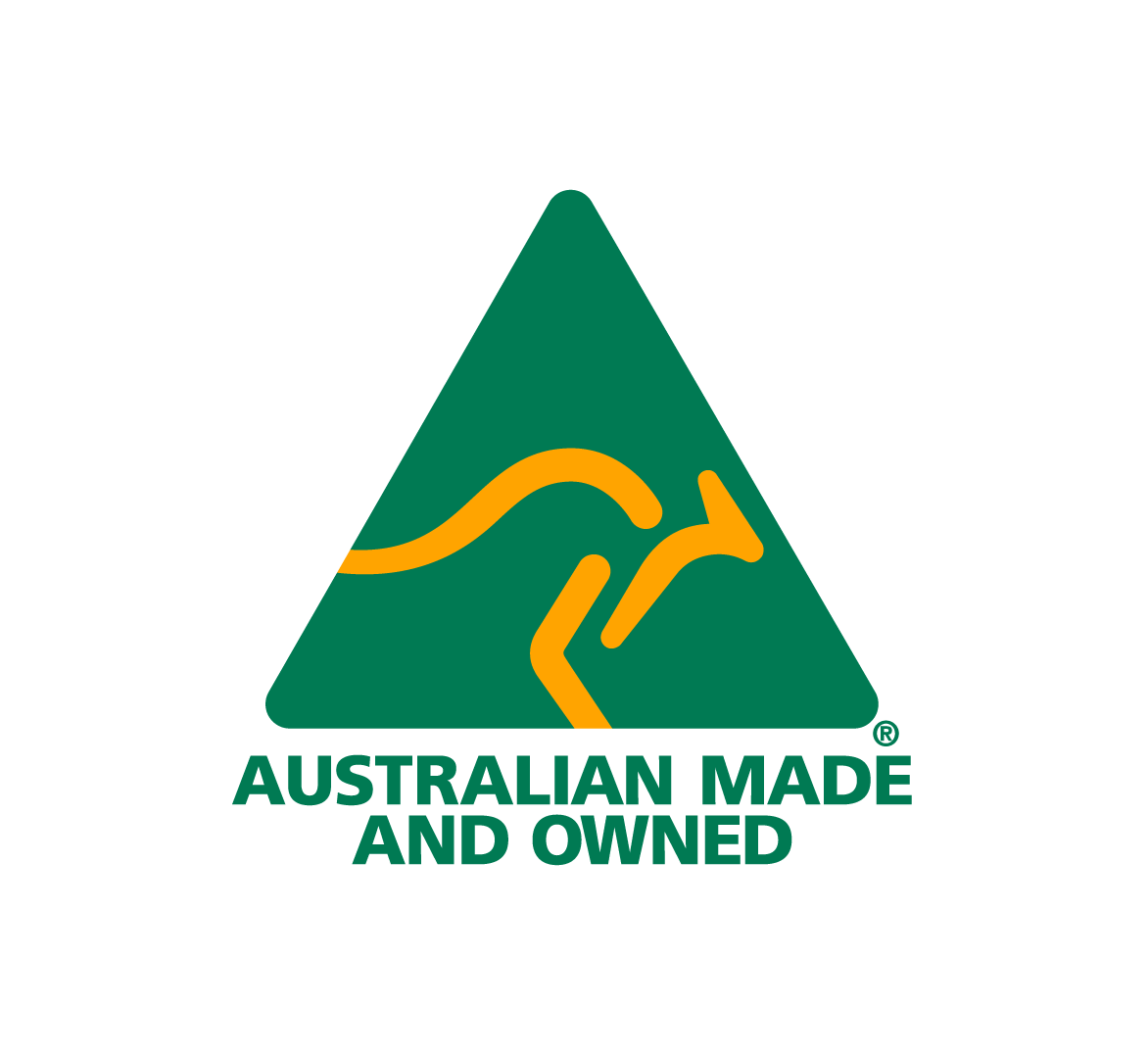The resurgence of retro toy trends, particularly those from the 1980’s & 90’s presents a fascinating case study in the Australian toy industry. Beloved brands like Pokémon, Super Mario Bros, Care Bears, Star Wars, Transformers, Teenage Mutant Ninja Turtles, Barbie and Hot Wheels are experiencing a remarkable comeback in Toy Aisles reflected in Global industry sales trends.
These Super Brands are tapping into a deep vein of nostalgia while appealing to multiple generations simultaneously which also plays into retail buyers’ preference for established brands like Barbie and Pokémon over new, unproven brands which involves deep understanding of the dynamics of the toy industry, emerging overseas trends, consumer behaviour, and the inherent risks of the ever changing retail market.
Nostalgia: The Heart of Retro Appeal
The nostalgia factor plays a crucial role in the resurgence of these retro toys. For many adults who grew up in the 1980s & 90’s, these toys represent a cherished part of their childhood. The resurgence is not just about the toys themselves; it’s about recapturing a slice of youth, a simpler time before the complexities of adulthood set in. Brands like Care Bears and Hot Wheels evoke fond memories of carefree days filled with free to air cartoon programming, trading Pokémon cards in the schoolyard & hours spent trying to complete Super Mario Bros on the original Nintendo Entertainment System.

Multi-Generational Appeal: Bridging the Gap
These retro toys also possess a multi-generational appeal. Grandparents and parents who enjoyed these toys in their youth are now introducing them to their children and grandchildren, creating a unique bond over shared play experiences. The epic narratives of Star Wars and Transformers transcend generations, allowing for a shared family experience that is both entertaining and educational with each new iteration of the brand adding to the mythology.
Millennial Parents: Playing It Safe With The Familiar
Millennial parents, in particular, are drawn to these retro brands for several reasons. Firstly, there is a comfort in familiarity. Buying toys they know and love from their own childhood feels safe and reliable. These brands have stood the test of time, suggesting a level of quality and durability that new, untested toys may not have.
There is also a desire to share their own childhood experiences with their children. By introducing their kids to the same toys they enjoyed, parents can relive their childhood memories and create new ones with their own children.
The Impact of Media and Collector Culture
The resurgence is also fuelled by the media and collector culture. Movies, TV shows, and online content celebrating these retro brands have brought them back into the spotlight. Additionally, the collector culture around toys like Star Wars and Transformers has kept them relevant. Adults or “Kidults” who collect these toys for nostalgia or as a hobby are also introducing them to the younger generation.
Kidults defined by The NPD Group as “consumers ages 12 years and older who buy toys or games for themselves”, contribute to one-fourth of all toy sales annually at about $9 billion, per NPD data. This trend is consistent in Australia, as sales of toys for kidults are outpacing sales to children.

Commentary by Naomi Sheahan (Head of Licensing at Mattel Australia & New Zealand)
- What has been the single biggest contributor to the resurgence of Barbie’s consumer products program over the past couple of years? Culturally relevant marketing and impactful brand tent-poles along with decades of inspiring stories and heritage have ensured Barbie has remained timeless with girls and fans of all ages. Empowering girls through the ‘you can be anything’ brand campaign and developing a comprehensive and innovative range of consumer products that tie back to this has also ensured strong placement at retail. In addition the global ‘Barbiecore’ phenomenon, tapping into Barbie’s signature pantone 219C colour in halo and mass apparel alike has also been a huge contributing factor in keeping Barbie top of mind and culturally relevant.
- How has the Barbie Movie release tapped into the nostalgia & cross generational family appeal of the Barbie brand? The Barbie movie was an incredible success for people of all ages. From diehard fans, movie enthusiasts with little expectation to those tagging along with their teenage children, the movie evoked so much emotion and created a lot of positive conversation about the underlying meaning of the film. Overall, the reaction was extremely positive particularly for the lead, Margot Robbie and Director, Greta Gerwig who both did an amazing job and inspired people of all ages. For the teen and adult audience, the movie allowed Mattel to expand their predominantly kid centric offer into a broader audience with amazing offers at retail which had an incredible sell through. You were hard pressed to find a key Australian retailer who did not have Barbie products available in the movie window.
- How do “Kidult” fans factor into planning for extending the Barbie franchise’s consumer products longevity post movie future? The movie allowed Mattel to dip their toes in the water with Kidults with tremendous success. This has cemented what we already knew; we have a fantastic audience of fans who love the Barbie brand and will to continue to build on these foundations in 2024 and beyond. Mattel will excite our fans with amazing collabs and partnerships that sets us apart from our competition.
Economic and Marketing Strategies
Economically, the resurgence makes sense for toy manufacturers. It’s less risky to revive a successful brand than to launch a new one. Plus, marketing strategies that target both children and their nostalgia-driven parents create a broader consumer base with higher levels of consumer engagement & all important Mum or Dad appeal built into the decision making at checkout.
Risk Aversion in Retail
Retail buyers, who are responsible for selecting products to stock in stores, naturally tend to be risk-averse. This is particularly true in the toy industry, which can be highly unpredictable. Established brands like Barbie & retro classic gaming properties like Suprer Mario Bros and Pokémon offer a sense of security:
Proven Track Record: These brands have a long history of strong sales, ensuring retailers a certain degree of predictable success.
Brand Recognition: The high level of brand recognition with franchises like Mario and Pokémon across multiple digital touchpoints & consumer products categories guarantees foot traffic and consumer interest, which are crucial for retail success.
Cross-generational Appeal: These brands appeal not just to children but also to adults who grew up with them, widening the customer base.

Commentary by Charlotte Payne (International Licensing Director at Cloudco Entertainment)
- What has been the single biggest contributor to the resurgence of Care Bears
over the past couple of years? The resurgence of Care Bears in recent years can be attributed to several key factors. Firstly, nostalgia plays a significant role, as adults who grew up with Care Bears in the 80s now introduce the brand to their own children, creating a multi-generational appeal. Secondly, our ongoing commitment to storytelling and creating meaningful content has kept the brand fresh and engaging. Additionally, partnerships with like-minded companies and influencers have helped expand our reach and connect with new audiences. Finally, the Care Bears’ timeless message of love, kindness, and empathy has resonated in today’s world, making them more relevant than ever. - How has the relaunch tapped into the brand’s cross generational appeal? The relaunch of Care Bears was designed to celebrate the brand’s rich history while also staying relevant to today’s audience. Since the release of Care Bears: Unlock the Magic in 2019, we’ve introduced new characters, updated the animation style, and incorporated modern themes while staying true to the core values of sharing, caring, and friendship that have always been at the heart of Care Bears. By striking a balance between nostalgia and innovation, we’ve successfully tapped into the cross-generational appeal, making Care Bears a brand that fans of all ages can enjoy together.
- How do “Kidults” fans factor into planning for extending the brand’s
longevity? “Kidults” or adult fans of Care Bears play a vital role in our brand’s longevity. Their enthusiasm for Care Bears not only keeps the brand alive, but also helps introduce it to new generations. We understand that these fans have a deep emotional connection to the brand, and we take their feedback and preferences into account when planning new initiatives and products. By nurturing this dedicated fan base, we’ll ensure that Care Bears remain a beloved and enduring brand for years to come.
The Challenges of New Brands
Introducing new, unproven brands involves several challenges; key is the increased fragmentation of the media landscape. Increasing Non Linear or Time Shifted viewing habits and the proliferation of streaming & gaming services means the propensity to flick from one channel / streaming service to another across multiple devices is higher than ever which means kids seem to now move on from brands quicker than ever.
Consumer Scepticism: Consumers tend to be sceptical of new products, especially when it comes to toys for their children. They prefer brands they know and trust.
Marketing and Promotional Efforts: New brands require significant marketing efforts to gain visibility and cut through at retail. This not only adds to the cost but also doesn’t necessarily guarantee success.
Uncertain Returns: New brands represent an unknown return on investment. Retailers must consider shelf space, inventory costs, and the potential for unsold products and deep markdown activity.

Economic Considerations
Economically, sticking with well-known brands from well established Toy Companies & Franchises is a safer bet for retailers particularly with the accompanying big budget marketing & merchandising spends:
Stable Sales: These brands typically have stable and predictable sales patterns around entertainment or gaming releases, making inventory management easier and more efficient.
Higher Turnover Rates: Known brands often have higher turnover rates, meaning they sell faster and reduce inventory holding costs.
Supplier Reliability: Established brands usually come from stable suppliers with proven track records, reducing the risk of supply chain issues.
FINAL WORD
The resurgence of retro toy trends in Australia, spearheaded by retro super brands like Pokémon, Mario Super Bros, Care Bears, Star Wars, Transformers and Hot Wheels is more than a mere commercial phenomenon. It’s a blend of nostalgia, multi-generational appeal, and savvy marketing strategies by established toy companies drawing on years of proven retail winners from the retro vault.
For millennial parents, these toys are not just playthings but a bridge to the past and a way to connect with their children, making them timeless treasures in the everchanging world of toys.
While new toy brands may offer innovative products and fresh experiences, the inherent risks associated with them make retail buyers cautious. Established brands like Barbie, and Pokémon represent a safer, more predictable option. They provide a sense of security in terms of sales, customer interest, and supply chain reliability, which is crucial in the dynamic and competitive Australian retail landscape.
Article by Lincon Boyd — Managing Director Blueprint Licensing
This article originally appeared in Edition 47 of The Bugg Report Magazine






